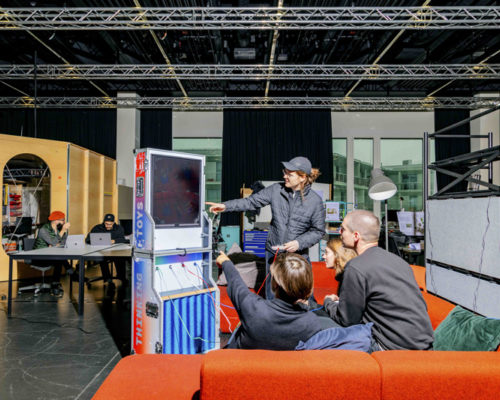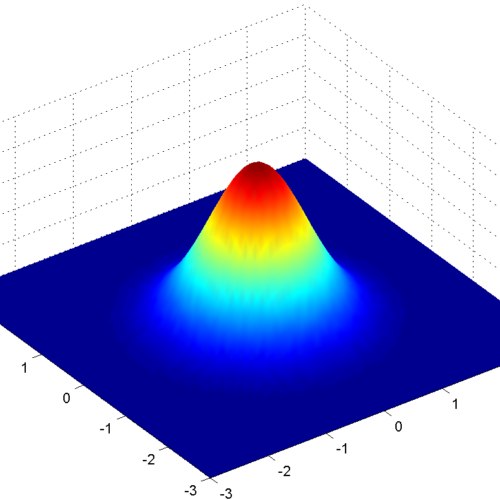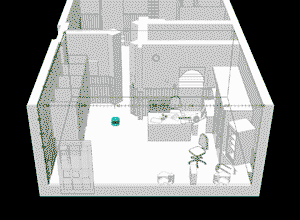10.11.2025
How to model contemporary arts teaching after contemporary art: Arts teaching and indexing
As I embark on planning and working across the school of Art and Design to co-develop a new future-oriented, practice-focused contextual studies module, I am re-posting this blog I originally wrote in 2019 written as I was teaching at Goldsmiths, University of London and undertaking a PhD. * How to model contemporary arts teaching after contemporary art, and after the marketisation of universities means that students expect authentically delivered, authentically now content? The skill of teaching is not simply in having the right content, or being able to speak for or from it, but in how you create the conditions […]
16.12.2020
User imaginaries — sketching a method for seeing infrastructure in action in the figure.
As ethnographer of infrastructure Susan Leigh Star describes, the relationality of infrastructure makes for particular difficulties when the boring and mundane traces of its everyday use and operation scale up into the working, socially-interoperational and embedded infrastructures at issue (1999).[1] To consider the quickly-scaling and complexifying relations that make up, not only infrastructural design and assemblage work, but also its maintenance, use and promise,[2] infrastructural study quickly becomes not only difficult, but physically and conceptually overwhelming. Could one really visit every part and permutation of an infrastructure one is looking at? How does one study action at a distance? What […]
01.04.2019
Fragmentation and denial
This is really only a note, but I wanted to get something down before forgetting. It has to do with the capacity for denial that comes with infrastructure: this comes with both the notion of infrastructure as a unified, “seamless” whole (see: Rossiter, 2017, xvii); and that infrastructures rather create a fragmented series of worlds which can be reassembled as “accidental” wholes. (See Bratton, 2015, 8) Both of these states are facilitated by the principle/constraint iterable inter-operability that means infrastructures can function with each other, and with other things. However, since this inter-operation is scalable concept, as in all sites, instances, […]
27.03.2019
Indexing, Infrastructure and Social Performativity
For a while now I have been thinking through the question of how one might experience or attempt to perform agency in an infrastructural setting. That is how can we think through a similar negotiation to that of the inside / outside of the institution in infrastructural terms, when infrastructure presents itself as a theoretically total object? (To begin with, this ideal of totality is easily dispelled: either scaling back to include whomever does not get counted as a proper user as far as an infrastructure is concerned (such as the border); or by simply considering the way that infrastructures […]
27.07.2018
Consistency (or indexicality)
How to put Forensic Architecture into context? While Forensic Architecture’s engagement within institutional settings such as art puts pressure on the distinctions between aesthetic possibility and instrumental functionality, it is also possible to contextualise the experiential potential of their work through the infrastructural requirement for consistent and stabile designation of actors in its dynamic systems. I will attempt to develop this way of contextualising an infrastructural practice of art in the case of Forensic Architecture by sketching out how they remodel the ways in which the terms of infrastructural use are determined by indexing consistent and stable users.
Infra Cultures
*Thoughts in formation* Here, I'm exploring the cultural patterns, imaginaries and practices of infrastructures; what can be called infrastructural cultures, and which might be posed as infrastructure as culture. Part of a wider research into the problems and possibilities for critical, civic and cultural intervention into broader infrastructural contexts, design, policy and 'publics'. Initiated as part of my AHRC CHASE-funded PhD research at Goldsmiths, University of London: "Changing what infrastructure means" (2024).


